Results
-
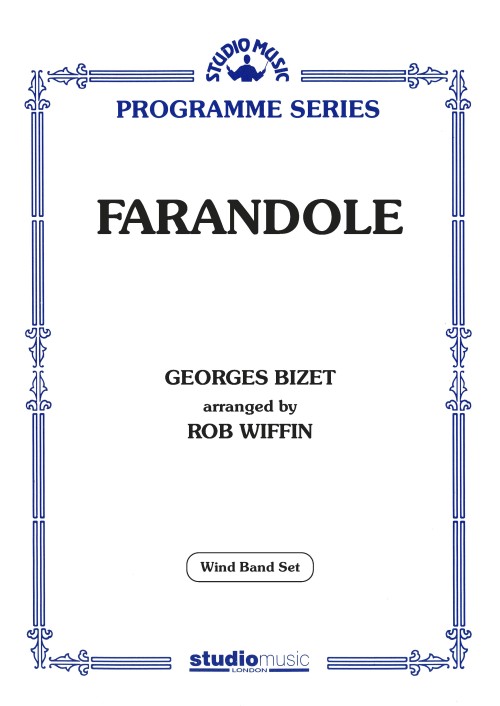 £64.95
£64.95Farandole (Concert Band - Score and Parts) - Bizet, Georges - Wiffin, Rob
In taking a lateral look at Bizet's famous Farandole, I decided to omit the full opening statement of the old Provencal tune Marcho dei Rei (March of the Kings), opting instead to make oblique references to it. The combination of this old Christmas song with another traditional Provencal Melody Danso dei Chivau-Frus (Dance of the Hobbyhorse) originally made by Bizet's friend Ernest Guiraud when he compiled Suite No.2 from Bizet's music to the play L'Arlesienne.The farandole is a traditional Provencal dance in which men and women hold hands in a chain and wind through the streets following a musician playing pipe and tabor. In the case of Danso dei Chivau-Frus, the lead dancer would wear a horse's head made of papier mache or something similar.I have attempted to stay true to the spirit of the Farandole and the contrapuntal devices added by Guirand while adding a few touches of interest and harmonic colour here and there.- Rob Wiffin
Estimated dispatch 7-14 working days
-
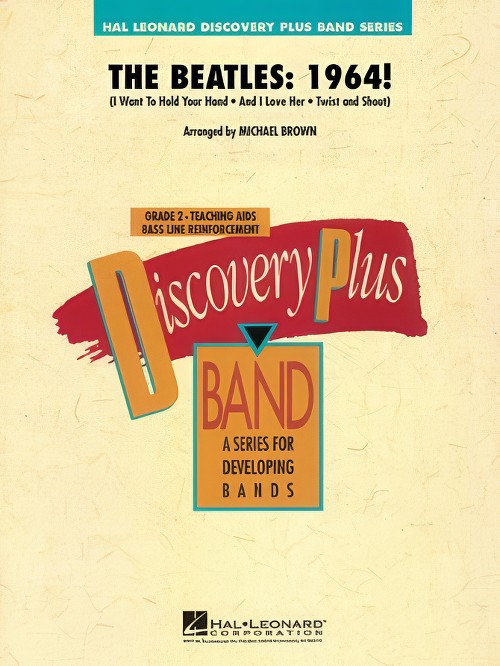 £60.99
£60.99The Beatles: 1964! (Concert Band - Score and Parts) - Brown, Michael
The Fab Four exploded on the American music scene with a banner year of hits in 1964. This medley of Beatle favorites includes I Want to Hold Your Hand, And I Love Her and Twist and Shout. It was a good year!
Estimated dispatch 7-14 working days
-
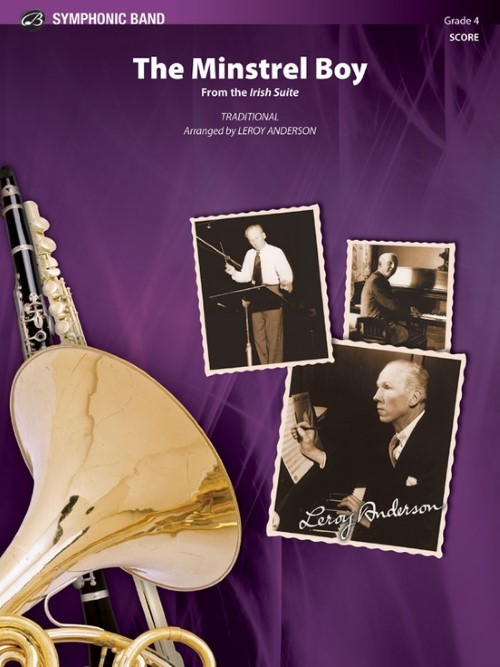 £73.50
£73.50The Minstrel Boy (from The Irish Suite) (Concert Band - Score and Parts) - Anderson, Leroy
The second movement of The Irish Suite from the creative genius of the legendary Leroy Anderson has been re-engraved now with a full score. This more stately movement contrasts stylistically with the others. All movements are now available:I The Irish WasherwomanII The Minstrel BoyIII The Rakes of MallowIV The Wearing of the GreenV The Last Rose of SummerVI The Girl I Left Behind
Estimated dispatch 7-14 working days
-
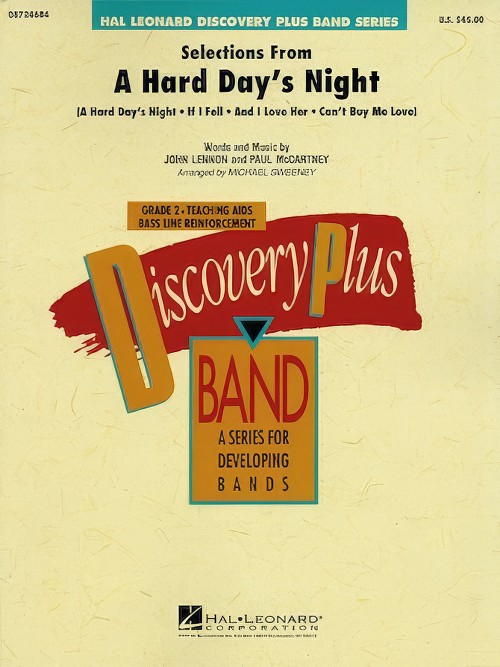 £57.50
£57.50A Hard Day's Night, Selections from (Concert Band - Score and Parts) - Lennon & McCartney - Sweeney, Michael
From the classic movie about the Fab 4, Michael Sweeney has written a new easy medley that includes four of the mega-hits from this pop culture phenomena. Includes: A Hard Day's Night, And I Love Her, Can't Buy Me Love, and If I Fell.
Estimated dispatch 7-14 working days
-
 £54.99
£54.99Step Aside Wind Band Set (Score & Parts)
Excuse me, may I play along? Could you step aside, please? 'Step Aside' is a pleasant competition both between two tempi and among the different parts. After a short, slow introduction it is the drummer who, without asking the questions above, sets the high pace. As soon as this rapid movement has been established, 'part 1' takes the lead, but the other parts obviously don't want to miss a thing and follow in rapid succession. At the end of the composition the various parts 'compete' in order to be able to play solo for a while, but soon others join in again, asking 'Excuse me, may I play along?' 02:15
Estimated dispatch 7-14 working days
-
 £119.99
£119.99Rotterdam 1945 - Johan de Meij
Rotterdam 1945 was written at the request of Maestro Arjan Tien, the chief conductor of the Marine Band of the Royal Netherlands Navy, to commemorate their 75th anniversary in 2020. 1945 also marked the end of World War II, the year that my home country Holland was liberated from Nazi Germany. My father was born in Rotterdam in 1910, so I have a special bond with this dynamic city. I have used the numbers 1-9-4-5 to create the main theme and translated it into a four-note motif: C - D'- F - G.
Estimated dispatch 7-14 working days
-
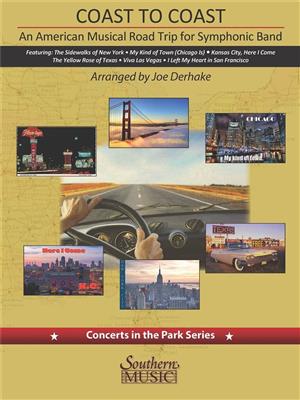 £89.99
£89.99Coast to Coast: An American Musical Road Trip
Travel across the country from New York to San Francisco and points in between, as this medley drives you through some of the best-known songs about U.S. cities and states in just a few minutes! Just be sure to hold onto your seat. Though the ride begins with a smooth cruise, there are a few tricky curves in the road ahead, and maybe even an Easter egg or two. Featuring: The Sidewalks of New York My Kind of Town (Chicago Is) Kansas City, Here I Come The Yellow Rose of Texas Viva Las Vegas I Left My Heart in San Francisco.
Estimated dispatch 7-14 working days
-
 £149.40
£149.40The Cardamom Song - Thorbjørn Egner
"The Cardamom song" is a very popular children's song in the Nordic countries. It's taken from the music and book "Folk og rvere i Kardemomme by" written by Thorbjrn Egner.This arrangement written in a latin style features a childrens choirwith concert band.The arrangement was written for the recording "Muntre musikanter Karius og Baktus mter dyrene I Afrika" by Forsvarets Musikkorps Nord-Norge.
Estimated dispatch 7-14 working days
-
 £101.30
£101.30Honorary March of Her Majesty Queen Sonja - Svein H. Giske
This march was commissioned by The office of cultural affairs in Fana and Ytrebygda (a part of Bergen Municipality) for the opening of The Bergen Light Rail. The premiere was given by The Norwegian Navy Band Bergen and Smrs skolemusikkduring the light rails maiden voyage. Her Majesty Queen Sonja of Norway opened the light rail on June 22nd 2010.My ida was to give the march a strong link to Bergen. In the bass solo (letter B) I have quoted Bergens "national"anthem Nystemtn and in the Trio (letter E) I have used a bugle call from Bergens unique tradition of archerchery brigades. The first part of the march is meant to have a sort of train feel to it; somethingthats moving steadily through thestreets of the city.
Estimated dispatch 7-14 working days
-
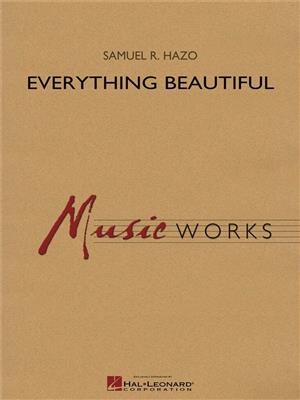 £129.99
£129.99Everything Beautiful - Samuel R. Hazo
Premiered by Maestro Eugene Migliaro Corporon conducting the National Honor Band of America, this spectacular memorial for renowned band director Charles Campbell will surround your students and audiences in layers of emotion. Expressive moments upon moments allow the ensemble to follow their musical instincts, gaining an aesthetic reward each time. Typical of performances, the work fades into introspective silence, then is followed by lengthy applause. Available in the original three-movement set, and also just Mvt. 1, The Stillness of Remembering (HL04004298). Dur: 9:00 (Live concert recording by the University of Kentucky Wind Symphony - Dr. John Cody Birdwell, conductor - Samuel R. Hazo, guest conductor) Movements: I. The Stillness of Remembering II. Irish Tune III. While I Think on Thee, Dear Friend
Estimated dispatch 7-14 working days
